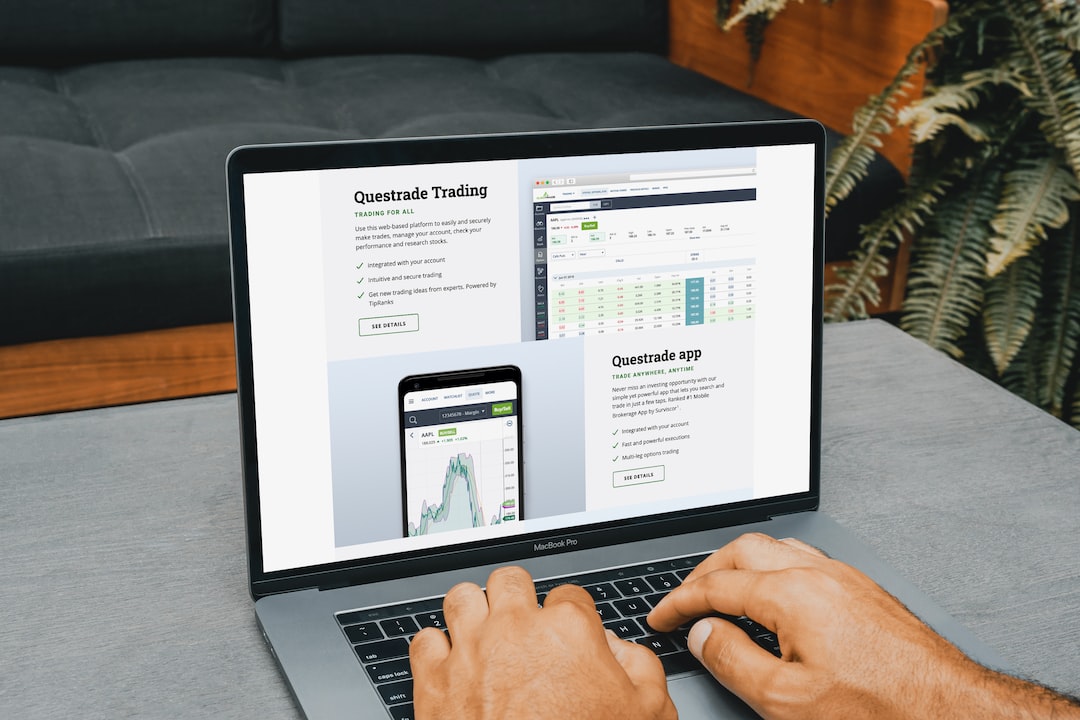When it comes to trading in the foreign exchange market, there are different tax rules that traders should be aware of. These rules dictate how profits and losses are taxed, and they can have a significant impact on a trader’s bottom line. In particular, traders must determine whether to use Section 988 or Section 1256 of the Internal Revenue Code (IRC) for their forex trades.
Section 988
Section 988 is a tax law that applies to traders who engage in forex trades on a regular basis. This section of the IRC covers both foreign currency contracts and over-the-counter (OTC) options on forex. Under Section 988, all gains and losses are treated as ordinary income or loss and are subject to ordinary tax rates. This means that traders cannot take advantage of the lower capital gains tax rates.
For example, if a trader earns $10,000 in profits from forex trading during the year and is in the 24% tax bracket, they would owe $2,400 in income taxes on those profits. However, if the same trader earned $10,000 from trading stocks and held those stocks for more than a year, they would be subject to the long-term capital gains tax rate of 15%, resulting in a tax liability of $1,500.
One advantage of using Section 988 is that traders can deduct all trading-related expenses, such as platform fees, data fees, and commissions, from their taxable income. This can help to reduce the trader’s overall tax liability.
Section 1256
Section 1256 is a tax law that applies to traders who engage in forex trades on a sporadic basis. This section of the IRC covers futures contracts, including those on foreign currencies. Under Section 1256, gains and losses are treated as 60% long-term capital gains and 40% short-term capital gains. This means that traders can take advantage of the lower long-term capital gains tax rates.
For example, if a trader earns $10,000 in profits from forex futures trading during the year and is in the 24% tax bracket, they would owe $1,800 in income taxes on those profits. However, if the same trader earned $10,000 from trading stocks and held those stocks for more than a year, they would be subject to the long-term capital gains tax rate of 15%, resulting in a tax liability of only $1,500.
One disadvantage of using Section 1256 is that traders cannot deduct trading-related expenses from their taxable income. This means that they cannot reduce their tax liability by deducting platform fees, data fees, and commissions.
Choosing the Right Section
Choosing the right tax section for forex trades can be complex, and traders should consult with a tax professional before making any decisions. However, there are some general guidelines that traders can follow.
If a trader engages in forex trading on a regular basis, they should use Section 988. This is because forex contracts and OTC options are not considered futures contracts and are not eligible for Section 1256 tax treatment. Furthermore, using Section 988 allows traders to deduct trading-related expenses, which can help to reduce their tax liability.
On the other hand, if a trader engages in sporadic forex trades or trades forex futures contracts, they should use Section 1256. This is because futures contracts are eligible for Section 1256 tax treatment, which can result in lower tax liabilities due to the favorable capital gains tax rates.
Conclusion
In summary, traders should be aware of the tax implications of their forex trades and should choose the right tax section based on their trading activity. Section 988 is appropriate for traders who engage in forex trading on a regular basis, while Section 1256 is appropriate for traders who engage in sporadic forex trades or trade forex futures contracts. Traders should consult with a tax professional to ensure that they are complying with all tax laws and are taking advantage of all available tax deductions.





